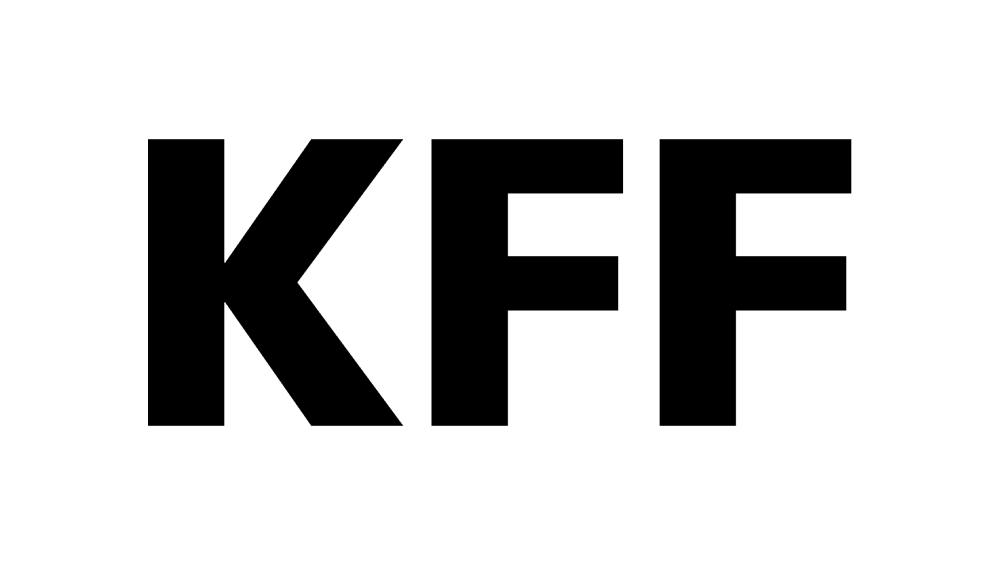 Congressional Testimony on Expanding Health Care Coverage
Event
Congressional Testimony on Expanding Health Care Coverage
Event
On May 5, 2009, the U.S. Senate Committee on Finance held a roundtable discussion on health-care coverage issues as part of its health reform efforts. Diane Rowland, the Foundation’s Executive Vice President and Executive Director of the Kaiser Commission on Medicaid and the Uninsured, and Gary Claxton, Foundation Vice President…